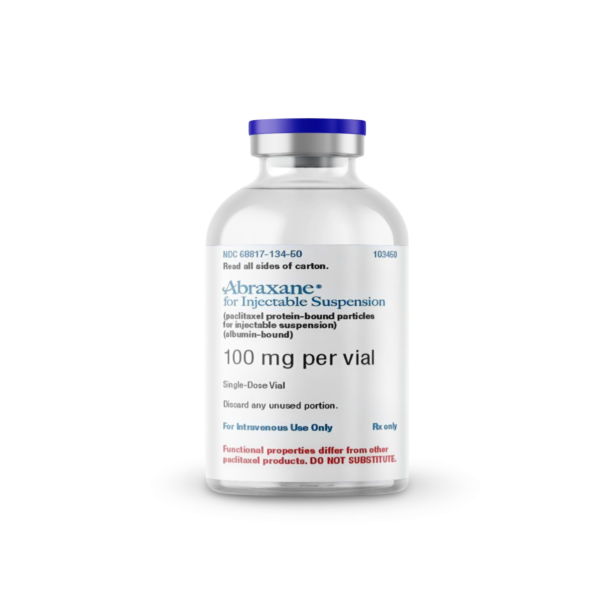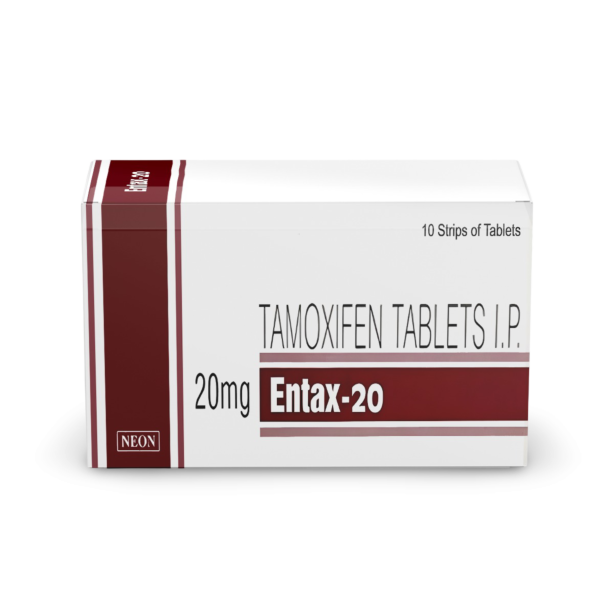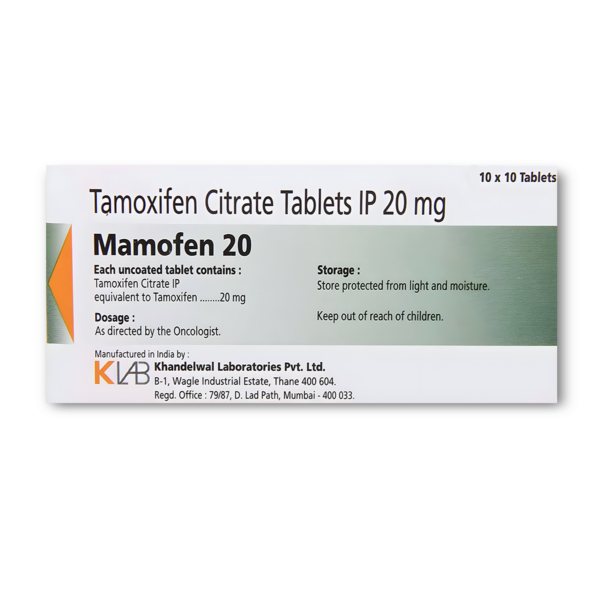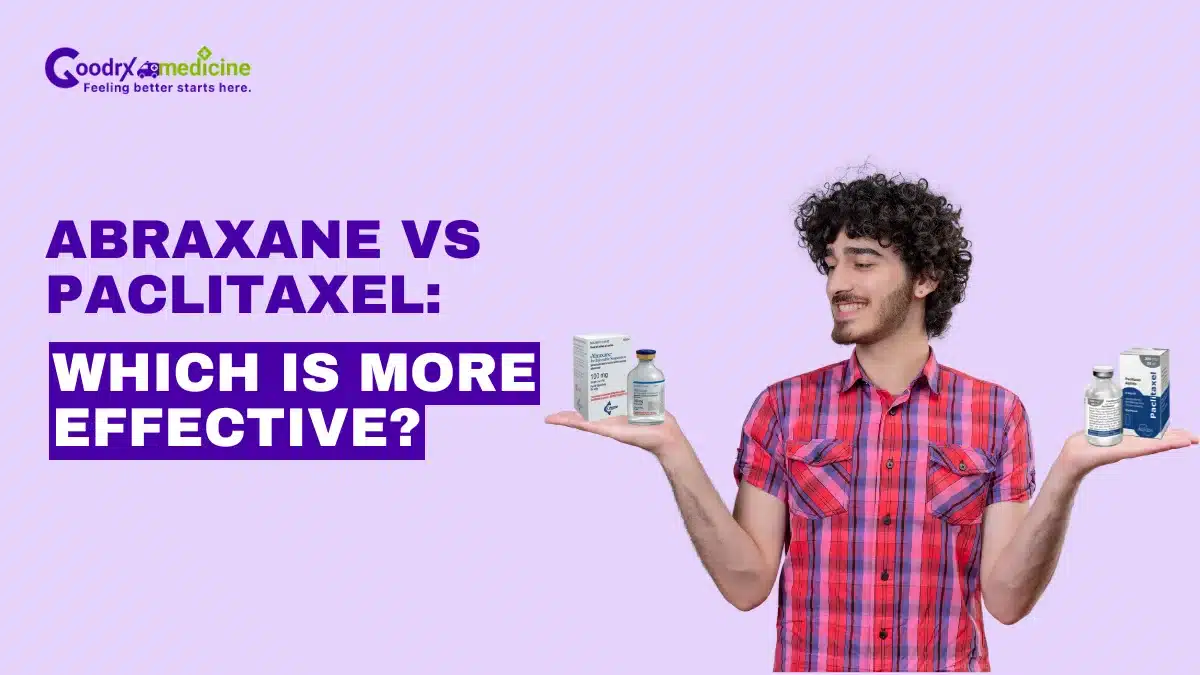Chemotherapy medicines play a crucial role in treating Cancer, but not all chemotherapy medicines are the same. Abraxane and Paclitaxel, two regularly used treatments, may seem identical because they contain the same active component. Still, they differ significantly in how they are manufactured, work in the body, and how patients experience them.
Paclitaxel is a long-established chemotherapy medicine, while Abraxane is a newer form that wraps Paclitaxel in small particles made from human protein.
In this article, we’ll discuss the significant aspects of Abraxane vs Paclitaxel, including how they’re used, their side effects, their costs, and how they compare in battling different forms of Cancer.
Abraxane vs Paclitaxel: Key differences
Abraxane (Nab-paclitaxel) and Paclitaxel are chemotherapy medications from the taxane class that suppress cell division. This makes them helpful in treating quickly developing Cancers, including breast, lung, and Pancreatic Cancer.
The following table summarizes the key differences between the two medications:
| Feature | Abraxane | Paclitaxel |
|---|---|---|
| Formulation | Albumin-bound, solvent-free | Cremophor EL solvent-based |
| Delivery mechanism | Albumin enhances tumor penetration | Limited tumor uptake due to formulation |
| Administration and dosing | 260 mg/m² over 30 minutes (Breast Cancer), shorter infusion time, no premedication required | 175 mg/m² over 3 hours (Breast Cancer), longer infusion time, premedication required |
| Indications and efficacy | Breast, NSCLC, Pancreatic Cancer | Breast, NSCLC, ovarian, Kaposi Sarcoma |
| Cost | More expensive | Less expensive |
| Storage and handling | Easy to store and handle | Require careful handling |
| Side effects | Higher risk of Neutropenia and Neuropathy | Lower incidence of Neutropenia and Neuropathy |
Save up to 90% on your medicine bills

Abraxane 100 mg Injection

Entax 20 mg Tablet

Mamofen 20 mg

Lipodox 10 mg Injection
Formulation
Abraxane uses a nanoparticle albumin-bound formulation, where the active ingredient Paclitaxel, is bound to human serum albumin, eliminating the need for toxic solvents. This improves the formulation’s safety and efficacy in medication delivery.
Paclitaxel, on the other hand, is a traditional chemotherapy medication dissolved in Cremophor EL (polyoxyethylated castor oil) and ethanol to make the medication soluble, which is otherwise poorly water-soluble. However, Cremophor EL has been associated with severe allergic responses.
Thus, Abraxane’s solvent-free, protein-bound formulation offers a safer and potentially more effective alternative to traditional Paclitaxel.
Delivery mechanism
Due to their compositions, Abraxane and Paclitaxel have highly different delivery methods. In contrast, Abraxane is manufactured as albumin-bound nanoparticles that use the body’s natural albumin transport channels. This enables the medicine to be actively carried into tumor tissues through active transport pathways.
On the other hand, Paclitaxel contains a solvent that makes it soluble. The medication is otherwise poorly water-soluble. Thus, Abraxane improves tumor penetration, increases local medication concentrations, and eliminates the need for toxic solvents, enhancing safety and efficacy in certain Cancers.
Administration and dosing
Abraxane’s solvent-free, albumin-bound formulation allows for a larger dosage of 260 mg/m² over 30 minutes every 3 weeks for Breast Cancer without the need for premedication. Abraxane’s shorter infusion of 30 minutes makes it more convenient and well-tolerated in many individuals.
In Pancreatic Cancer, Abraxane is administered at 125 mg/m² on 1, 8, and 15 days of a 28-day month cycle, with Gemcitabine, which is not authorized for conventional Paclitaxel.
Whereas, Paclitaxel is commonly administered at a dosage of 175 mg/m² as a 3-hour intravenous infusion every 3 weeks for Breast Cancer. Pretreatment with corticosteroids and antihistamines is required to avoid allergic responses caused by its solvent, Cremophor EL.
As per an an article published by the journal Cancer Chemotherapy and Pharmacology in 2015, Abraxane has more efficient transportation and penetration than standard Paclitaxel. Hence, it provides a speedier, more patient-friendly administration with extensive therapeutic uses.
Indications and effectiveness
Abraxane and Paclitaxel are both used to treat many forms of Cancer; however, they have different authorized uses and overall efficacy in some circumstances.
Abraxane, a newer formulation of Paclitaxel, is approved for Metastatic Breast Cancer, Non-small Cell Lung Cancer (NSCLC) (in combination with Carboplatin), and, most significantly, Metastatic Pancreatic Cancer (in conjunction with Gemcitabine).
On the other hand, Paclitaxel is often used to treat Breast Cancer, Ovarian Cancer, NSCLC, and Kaposi’s Sarcoma.
Regarding efficacy, Abraxane has demonstrated greater response rates in various clinical studies, notably in breast and Pancreatic Cancers, most likely due to improved medication distribution via albumin-bound nanoparticles.
According to a review published by the Molecular Pharmaceutical journal in 2020, Abraxane is more effective against Breast Cancer than Taxol (micelle formulation of Paclitaxel).
Therefore, while both are effective, Abraxane may provide additional advantages in some Cancers and patient profiles, particularly where solvent-free distribution and better tumor targeting are essential.
Cost
The difference between the prices of Abraxane and Paclitaxel is significant. Abraxane is a brand-name medicine with a more convenient, nanoparticle albumin-bound formulation, which results in a substantially higher price, often several times that of generic Paclitaxel.
In contrast, Paclitaxel is available in generic form, making it significantly less expensive and widely available, particularly in resource-limited situations. This cost difference might impact treatment decisions, especially in healthcare systems with limited resources or for patients paying out of pocket.
While Abraxane may have therapeutic advantages in some Cancers, its high price remains a significant obstacle to broad usage.
Storage and handling
Abraxane is a lyophilized powder for suspension without solvents, so it is often easier to store and handle. It is kept refrigerated at 2°C to 8°C and reconstituted with sterile saline before use. No specific infusion supplies are required.
On the other hand, Paclitaxel demands special care because it contains Cremophor EL and ethanol, both of which are sensitive to temperature changes and prone to precipitation. It must be stored at a regulated room temperature (usually 20°C to 25°C) and kept out of direct sunlight.
While both medications require careful preparation, Abraxane has a more efficient and safe handling technique than Paclitaxel.
Side effects
Abraxane and Paclitaxel have similar side effects, including hair loss and exhaustion, although they differ significantly in how these symptoms appear. Abraxane, which doesn’t use any solvent, produces fewer unwanted reactions.
However, Abraxane is more frequently linked with earlier onset and potentially more severe Peripheral Neuropathy (nerve pain) and Neutropenia (low white blood cell count), most likely due to increased exposure to the medication and absorption.
Paclitaxel, due to its solvent Cremophor EL, presents an increased risk of severe allergic responses, necessitating premedication with steroids and antihistamines.
Overall, while Abraxane lowers the chance of hypersensitivity, it may raise the risk of blood-related and nerve-related side effects. Therefore, the decision to choose between the two is based on the patient’s health and tolerance.
Conclusion
Abraxane and Paclitaxel are both effective chemotherapy medicines used to treat several Cancers. While they act similarly to prevent Cancer cells from growing, there are significant differences between them.
Abraxane is a newer formulation that transports the medicine through a protein (albumin), allowing it to reach tumors more quickly and lowering the risk of allergic responses. In contrast to Paclitaxel, it does not require pre-treatment with other medications.
However, Abraxane has a higher risk of causing side effects, including nerve damage and low white blood cell counts, and it is more costly. Paclitaxel is an older, less expensive choice that may induce allergic responses due to the ingredients in its composition.
Abraxane vs Paclitaxel choice is determined by the kind of Cancer, the patient’s general health, potential side effects, and treatment expenses. Doctors will offer the best option based on each individual’s requirements.

Frequently Asked Questions
What is a replacement for Paclitaxel?
A common replacement for Paclitaxel is Docetaxel, another taxane chemotherapy medicine with a similar mechanism but a different side effect profile. Other alternatives include abraxane (Nab-paclitaxel) or non-taxane agents like Vinorelbine or Capecitabine, depending on the cancer type.
How long do Abraxane side effects last?
Abraxane side effects can last from a few days to several weeks after treatment, depending on the type and severity. Common effects like fatigue or nausea usually improve within days, while Neuropathy may persist for months or longer.
What is the success rate of Abraxane?
The success rate of Abraxane varies by Cancer type. For example, Metastatic Breast Cancer has an overall response rate of around 33%, and in Pancreatic Cancer (with Gemcitabine), it extends median survival to about 8.5 months.
Can Abraxane be used in patients with albumin allergies?
No. Abraxane contains human albumin, so it’s generally avoided in patients with known albumin or human blood product allergies. However, true albumin allergies are extremely rare. Consultation with an allergist is often recommended before use.
Can Abraxane be used in patients with Diabetes?
Yes, but it may require caution. Peripheral Neuropathy, a common side effect, may worsen Diabetic Neuropathy. Blood counts and symptoms should be closely monitored to avoid complications and allow early dose adjustments if needed.
When referencing outside resources, GoodrxMedicine always provides full citations. To learn more about the measures we use to maintain the quality of our content, please review our Content Information Policy.











